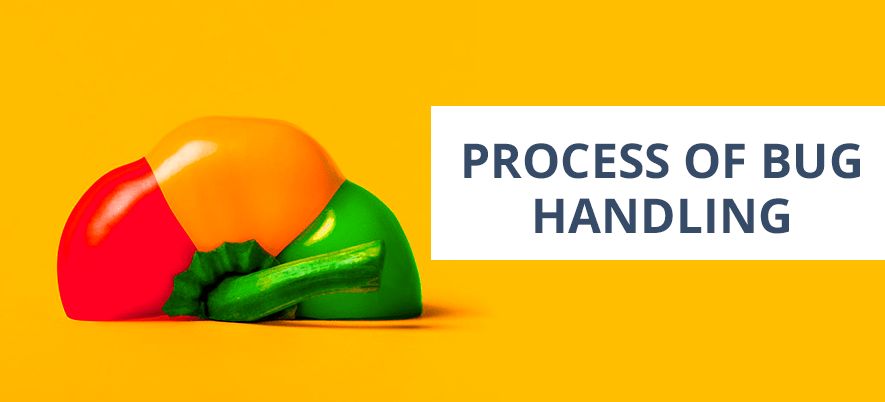- QATestLab Blog >
- QA Basics >
- Testing Tools >
- Software Bug Handling Process And Tools
Software Bug Handling Process And Tools

Software bug handling is a significant area of quality assurance activities.
At the time of software testing the developers who correct identified software bugs are generally not the identical as software testers who monitored and reported the errors in the first place. The exclusion is unit testing, which is often performed simultaneously to coding by the same individual.
In the majority of companies software bugs handling is implicitly assumed to be segment of the project management activities. A formalized software bug handling process distinguishes weighty activities and rules, principles, parties involved and their obligations as well. It is generally defined by the various states associated with individual bug status and transitions among these states due to status modifications.
Newly reported software bug has the “new” status, which may go through different status modifications, such as “working”, “re-verify” and other until it is “closed”. Various bug handling processes can comprise various collections of bug status and other possible characteristics.
The execution of the software bug handling process and enforcement of different related rules commonly require the support of software tools.
At the time of software testing of big software systems in IBM there are 2 bug tracking tools:
- IDSS (an IBM internal tool, were used for defect tracking)
- CMVC (IBM product for configuration management and version control)
In the majority of companies different software project management tools are also used for version control and bug tracking. Such tools as Bugzilla and Issuezilla are generally employed to handling bugs for medium and large open source projects.
Learn more from QATestLab
Related Posts:
- QA Automation Tools: Low-Code, No-Code, or Coding-Based?
- Optimizing API Testing: Easy Scheduling with Effective Tools
- No-code Solutions = No More Guarantees







No Comments Yet!
You can be the one to start a conversation.